6th-Gen Toyota Hybrid Debuts: SiC Semiconductors Boost Power
 RobertMay 22, 2025, 12:57 PM
RobertMay 22, 2025, 12:57 PM
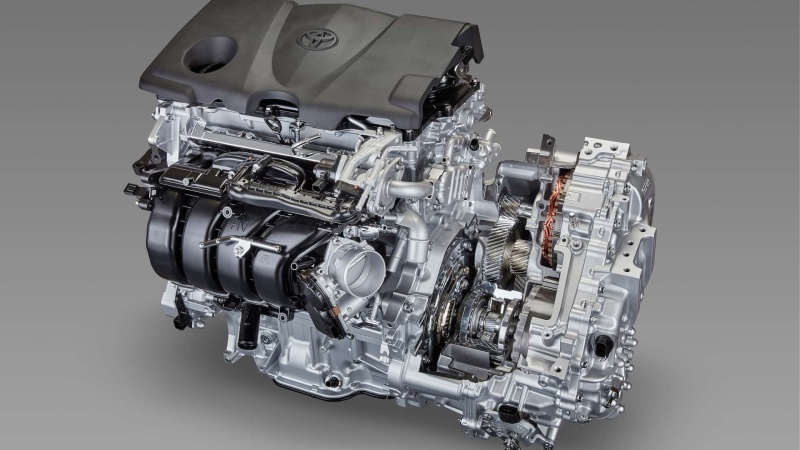
【PCauto】Along with the launch of the 2026 RAV 4, the sixth-generation THS was also released. From the 1997 Prius to today, THS has evolved over two decades, and the total global sales of models equipped with it has exceeded 20 million units.
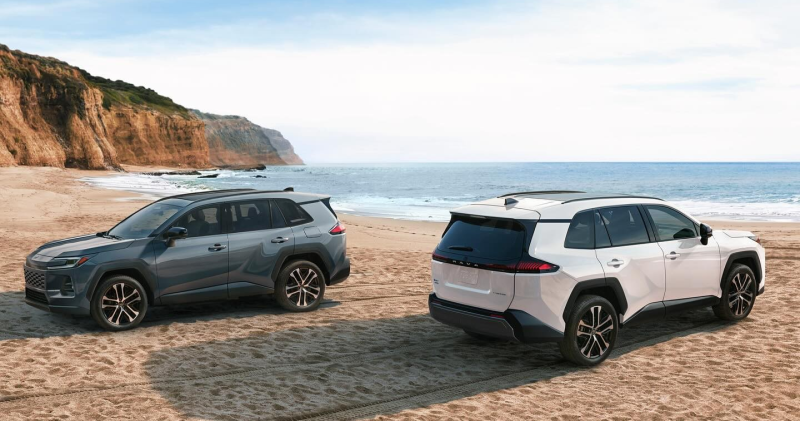
The sixth-generation THS has achieved greater improvements compared to previous iterations that focused on optimizing the MG2 motor position, increasing power density, or updating battery materials. This latest version introduces silicon carbide (SiC) semiconductors. Although SiC technology may not sound very advanced—especially as it's already commonly used by Chinese automakers—what makes it notable is Toyota's implementation.
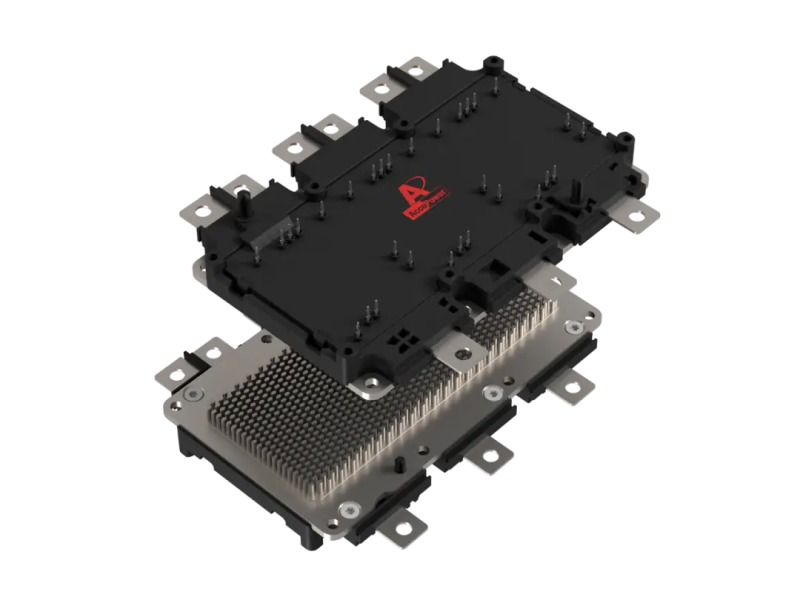
In the electrical domain, silicon carbide (SiC) semiconductors show superior performance compared to traditional silicon-based (Si) components, offering higher temperature resistance (operating temperatures exceeding 200°C) and lower energy loss, which can significantly enhance the power density and conversion efficiency of the Power Control Unit (PCU), resulting in a 5-10% improvement in electric vehicle range.
Additionally, SiC's high thermal conductivity and breakdown field strength can make the PCU smaller and more efficient in heat dissipation, while increasing the speed of fast charging and reducing the risk of system overheating.
With the adoption of SiC silicon carbide semiconductor materials in the sixth-generation THS, the volume of the PCU has been significantly reduced by 80%. The new RAV4 PHEV front axle electric motor uses SiC silicon carbide materials, which has achieved a miniaturized design, while the output power is increased to 150kW (compared to the current RAV4 PHEV's 134kW front motor) - a 16kW increase over the previous generation with notably enhanced energy efficiency. In addition, SiC power semiconductors have improved overall system efficiency by approximately 10%.
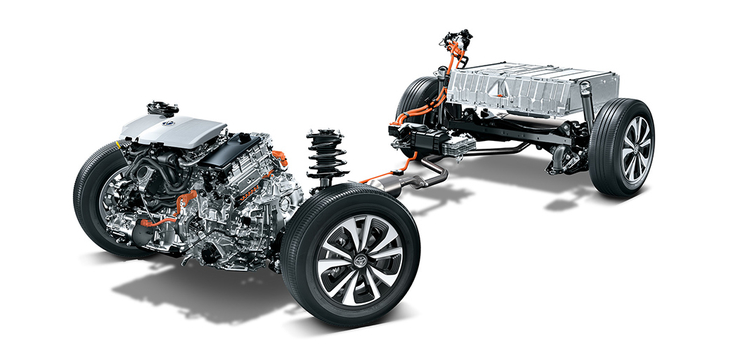
Furthermore, the PHEV's battery capacity has been increased from 17.5kWh to 22.7kWh, enabling the 2026 RAV4 to achieve a pure electric range of 100 kilometers. The charging system has also been upgraded from AC-only to support DC fast charging at up to 50kW, allowing the battery to recharge from 10% to 80% in just 30 minutes.
From a technical perspective, SiC power semiconductors theoretically offer advantages of one-tenth the electrical loss and 10 times the operating frequency of conventional components, which allow for more efficient regulation of current and voltage within the power control unit, reducing energy loss and thereby enhancing the efficiency of overall hybrid system.
However, the sixth-generation THS is first applied to the new RAV4 PHEV model, while the HEV model is still using the fifth-generation THS.
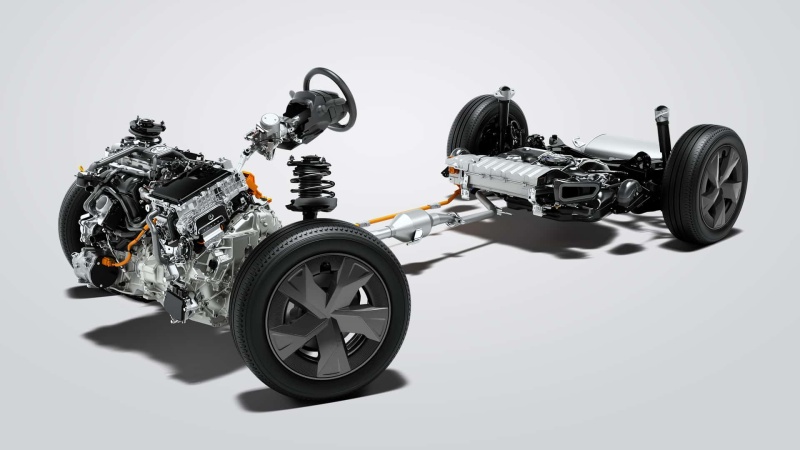
It is reported that SiC power semiconductor technology used in the sixth-generation THS hybrid system was jointly developed by Toyota, Denso, and Toyota Central R&D Labs (CRDL). As early as the 1980s, Toyota CRDL and Denso began fundamental research in this field, and Toyota joined in 2007. In December 2013, Toyota established a dedicated clean room for R&D of SiC semiconductor at its Hirose Plant to further advance the technology's development and application.

Those familiar with THS may wonder: Why does Toyota consistently stick with the combination of large-capacity engines and low-power electric motors (the maximum power of the THS front-wheel drive motor is only 88kW)?
The reason lies in the historical context (particularly before 2015) when semiconductor materials for PCUs were expensive. Toyota had to choose lower-power PCUs and motors to reduce electrical system costs, even though this approach increased the engineering complexity of THS power calibration. However, Toyota would rather receive a higher technical cost to avoid the expensive cost of semiconductors, and this technical philosophy has been retained to today.

Against the backdrop of Toyota's electrification strategy and declining semiconductor material costs, the conventional technical approach of THS is beginning to evolve. The system is now adopting higher-output electric motors, transitioning to lithium-ion ternary batteries, and incorporating the SiC semiconductor technology we see today.
The THS technical roadmap is gradually shifting toward more powerful motors, higher-capacity batteries, and stronger overall performance. This transformation reflects Toyota's adaptive response to both technological advancements and changing market demands in the era of electrification.
If any infringement occurs, please contact us for deletion
Trending News

2025 Toyota Aqua Released, Fuel Efficiency 35.4km/L, More Worth Buying Than Corolla
[PCauto] Against the backdrop of the global automotive market's continuous transition toward electrification, the Toyota Aqua, as a compact hybrid model from the brand, has always been renowned for its high efficiency and practicality.The 2025 Toyota Aqua has been officially unveiled recently, drawing market attention once again with multiple technological upgrades and high fuel efficiency.This model is built on the TNGA-B platform, achieving a new breakthrough in fuel consumption performan

2026 Malaysia EV Road Tax Policy Analysis: Costs and Opportunities After the End of Exemptions
As December 31, 2025, approaches, electric vehicle owners in Malaysia will face a significant policy turning point — the four-year electric vehicle road tax exemption policy is coming to an end. Starting from January 1, 2026, all electric vehicles will be subject to an annual road tax based on a new power-based tiered tax system. This change marks a transition for Malaysia's electric vehicle market from a policy-driven phase to a new stage of market-oriented development, bringing new considerations for both consumers and the industry.

The fifth-generation Geely Emgrand car photos released, with upgrades in body size and power system
As a family sedan with cumulative sales exceeding 4 million units in China, the new generation Emgrand will further consolidate Emgrand's competitive position in the sedan market through stronger product capabilities.

Proton's fourth-generation Saga revolution, brand new 1.5L four-cylinder engine, equipped with ADAS for the first time
By leveraging Geely's technological resources, the fourth-generation Proton Saga has been comprehensively upgraded in terms of design, performance, and safety, while maintaining localized characteristics.

BMW's all-new iX3 to be unveiled on September 5, built on the Neue Klasse platform
[PCauto] BMW recently released a teaser image, announcing that the all-new generation BMW iX3 pure electric SUV will have its global debut on September 5, 2025. This model will become the first mass-produced vehicle built on the Neue Klasse platform and marks a crucial step in BMW's electrification transition.The all-new iX3 not only achieves comprehensive upgrades in exterior design, interior technology, and power performance but also targets the global pure electric SUV market, directly co
Popular Cars
Car Compare
Model Year
car model

